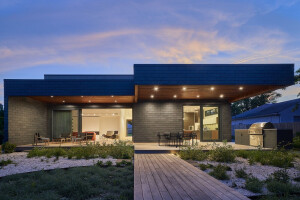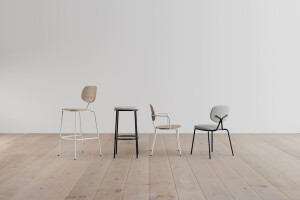Close to the historic centre the Library is located in an old industrial area, currently out of use. Within this framework, the question was how to inject and express a sense of contemporary culture while making minor alterations to the existing context; how to provide a "library" and, at the same time, introduce in the new architectural design a sense of both the old factory and the idea of being a means of research inherent in a library, bringing together past and future; there is no conceptual difference between designing something new and recovering the past, just a difference in the number of constraints to manage in the innovation process.
In the novel by V.Hugo remembering the invention of printing, the archbishop of Notre Dame says: the book will kill architecture, because all heritage of civilisations is in the stones: designing a library is a challenge between books and architecture.
The structure involves three vaulted aisles covering 4.000 square metres, with a thickness of 40 metres: 350.000 books, 100 multi-media stations, a lecture hall: the project re-uses the existing structures, introducing wide span floors, laminated timber vaults, compact longitudinal fronts, set back on both terminals to get the image of a skeleton and break down the old features of the building.
The total height central gallery contrasts with the multilevel lateral parts: On the roof, double skin solar chimneys let the light flow through the deeper spaces and the natural ventilation of the building: the air comes in through changeable grids in the windows and is pulled out through the double skin for the natural difference of pressure; in the pressure is not enough, a control device starts the ventilators in the chimneys to get the correct ventilation. The exhausted air from the spaces without chimneys is pulled out through the central space, where a tree, a stretch of water and a patio let the fresh air to flow in and be pulled out through the near-by spaces.
The synergy between natural ventilation and the heating system under the brick floor of the central space has positives effects. The project expresses the building's need to interact with the existing context and what will arise in the future; to steers between rules and restrictions without breaking them; to face up the real issues.
Apart from functional needs to fit, the roots of the project are in the goal to give shape to the urban space where it will be located and to bring together different requirements.
























